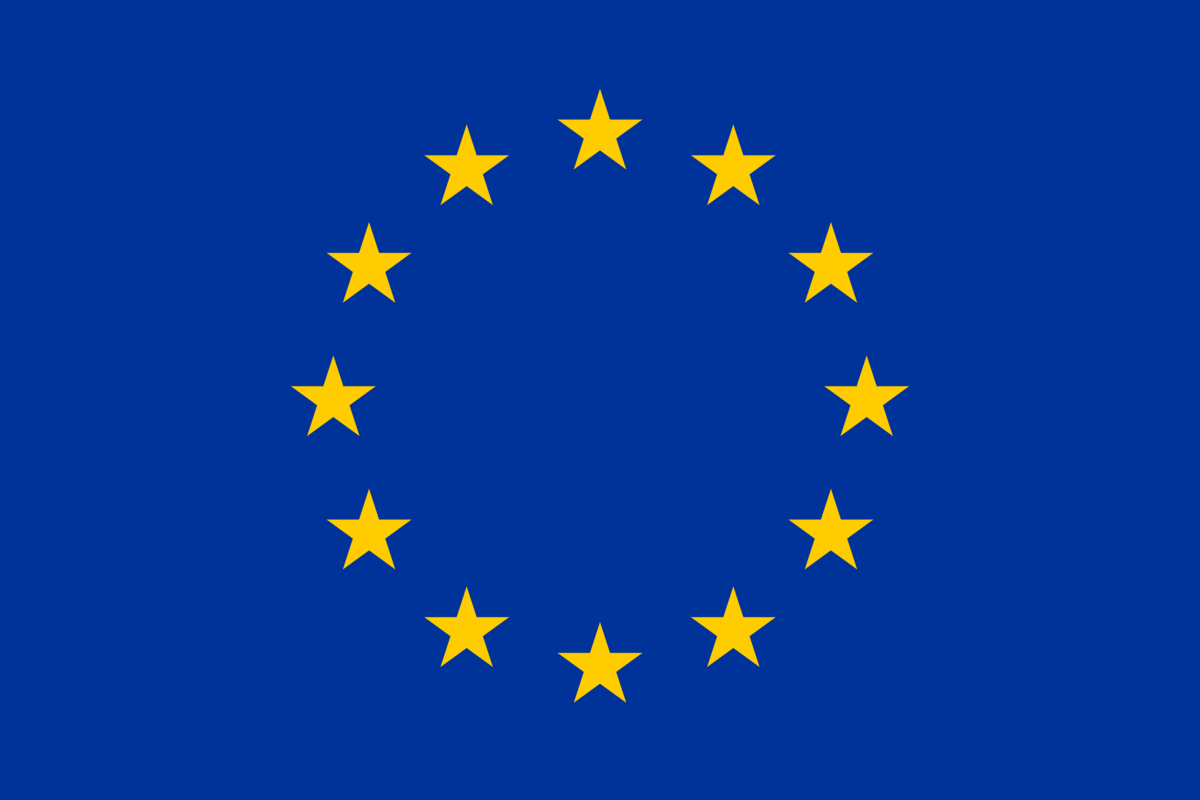Overall approach
To combat global warming, achieving net-zero or net-negative CO2 emissions is imperative. The EU, aligning with the Paris Agreement, aims to reduce emissions by 40% and increase renewables share to 32% by 2030. Another challenge that the globe faces is the massive accumulation of PET plastic waste, prompting the EU to seek innovative recycling solutions. Solar-powered systems offer a clean, cost-effective alternative by converting CO2 into fuels while simultaneously recycling PET waste into high-value products. Moreover, integrating PET oxidation in electrolysis also aims to overcome the substantial overpotential loss associated with conventional catalytic reactions, making the process more efficient.
The project PHOENIX seeks to facilitate the step-wise conversion of CO2 (initially from CO2 to CO, followed by converting CO into propanol) and simultaneously transforms PET plastic waste into glycolic acid through an innovative strategy. The proposed concept stems from designing a multi-reactor CO2 reduction pathway that smoothly integrates photovoltaic-electrolyzer (PV-EC) and photoelectrochemical (PEC) technologies. To facilitate these processes, PHOENIX will develop and integrate an advanced tandem photovoltaic system that generates > 2V, novel electrocatalysts that convert CO to propanol and PET to glycolic acid as well as efficient photoelectrodes. Finally, the PHOENIX concept will also be validated to TRL 3-4 through a lab-scale demonstration, identifying and tackling the environmental impact through Life Cycle Assessment and evaluating the materials' recyclability. PHOENIX addresses two pressing global issues in a high-risk/high-return kind of approach, ultimately promoting a breakthrough in the renewable energy sector.

Objectives
10 partners from 7 European countries are working together to integrate two distinct solar fuel technologies to efficiently run catalytic conversion to valuable chemical building blocks for the industry. PHOENIX seeks to bring the proposed concept to technology readiness levels of TRL 3-4 at the end of the project and thereby accelerating solar fuel research, innovation, and deployments in Europe. The four main objectives are described as follows:
- Fabrication of a 2T tandem PV cell employing wide bandgap semi-transparent perovskite and CIGS absorbers using industrially viable techniques and match the operation characteristics of a CO2electrolyzer
- Solar-driven Tandem CO2 conversion to propanol, paired with PET oxidation to increase the energy efficiency of CO2 electrolysis
- Develop a scalable strategy to design stable photoanodes and to integrate electrocatalysts into these architectures for the desired catalytic reactions
- Validate the concept, identify and tackle the environmental impact through Life Cycle Assessment, and evaluate the recyclability of materials employed
PROJECT TIMELINE:
1 October 2024 – 30 September 2027 (36 months)
FUNDING SCHEME:
This project has received European Union’s Horizon Europe research and innovation funding (Grant Agreement no. 101172764).
PROJECT CONSORTIUM:
Starting with the project coordinator, the consortium is composed as follows:
- imec – Interuniversitair micro-electronica centrum
- CNRS – Centre national de la recherche scientifique
- FHNW – Fachhochschule Nordwestschweiz
- HZB – Helmholtz-Zentrum Berlin für Materialien und Energie
- JBF – JBF Global Europe
- K1-MET GmbH
- LEITAT – Acondicionamiento Tarrasense Associacion
- SUT – Politechnika Slaska
- UIBK – Universität Innsbruck
- ZSW – Zentrum für Sonnenenergie- und Wasserstoff

 DE
DE EN
EN